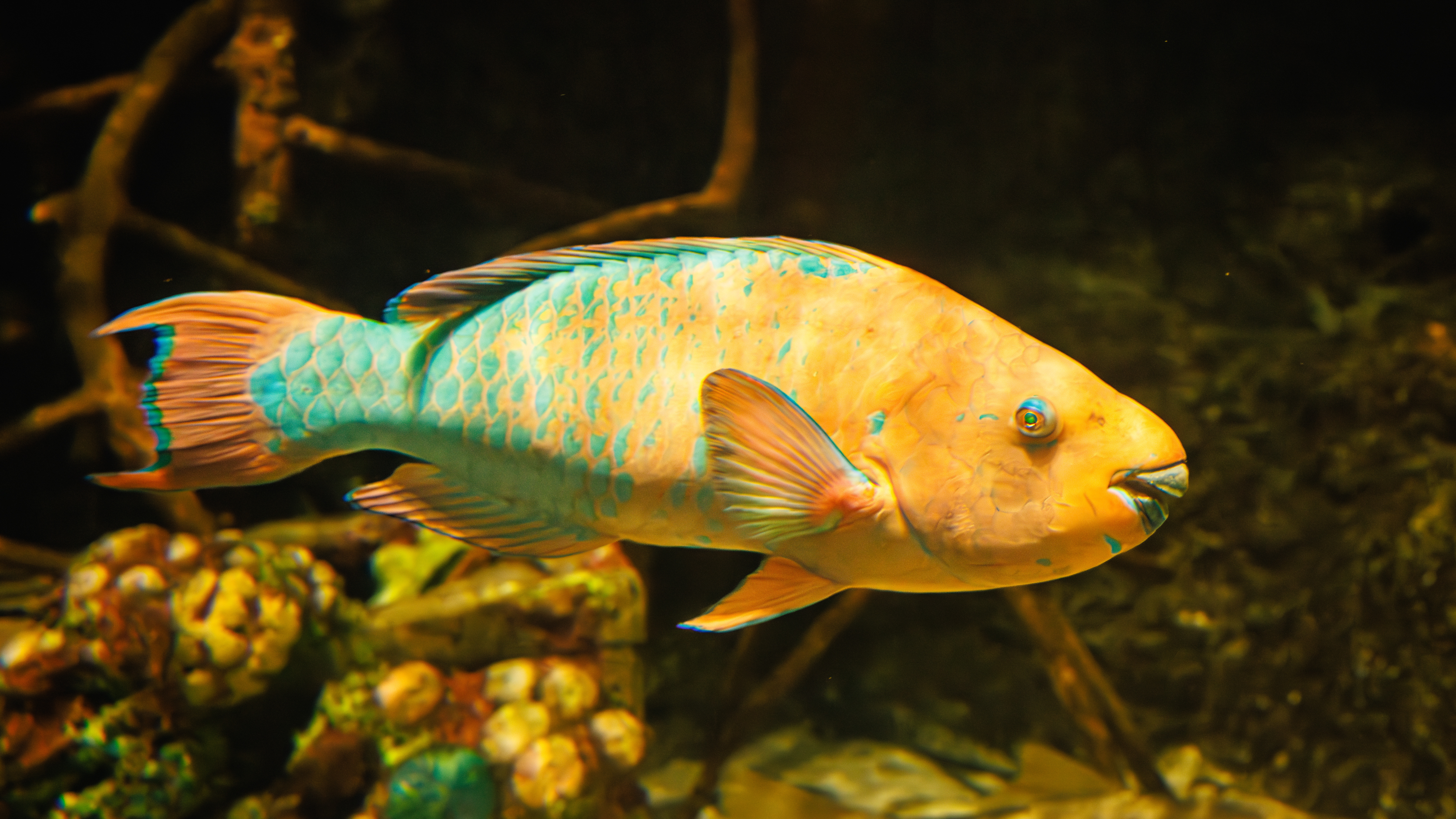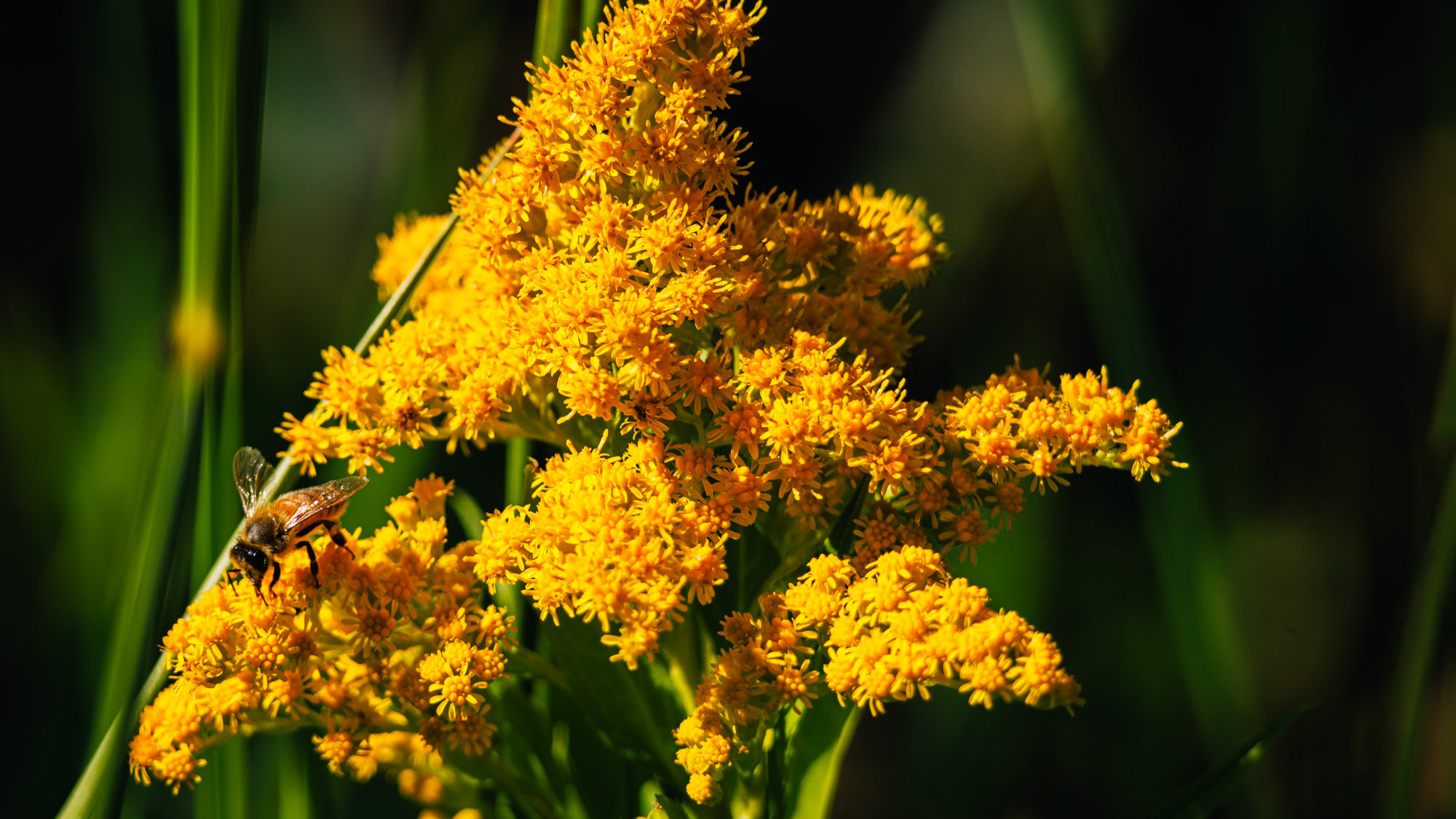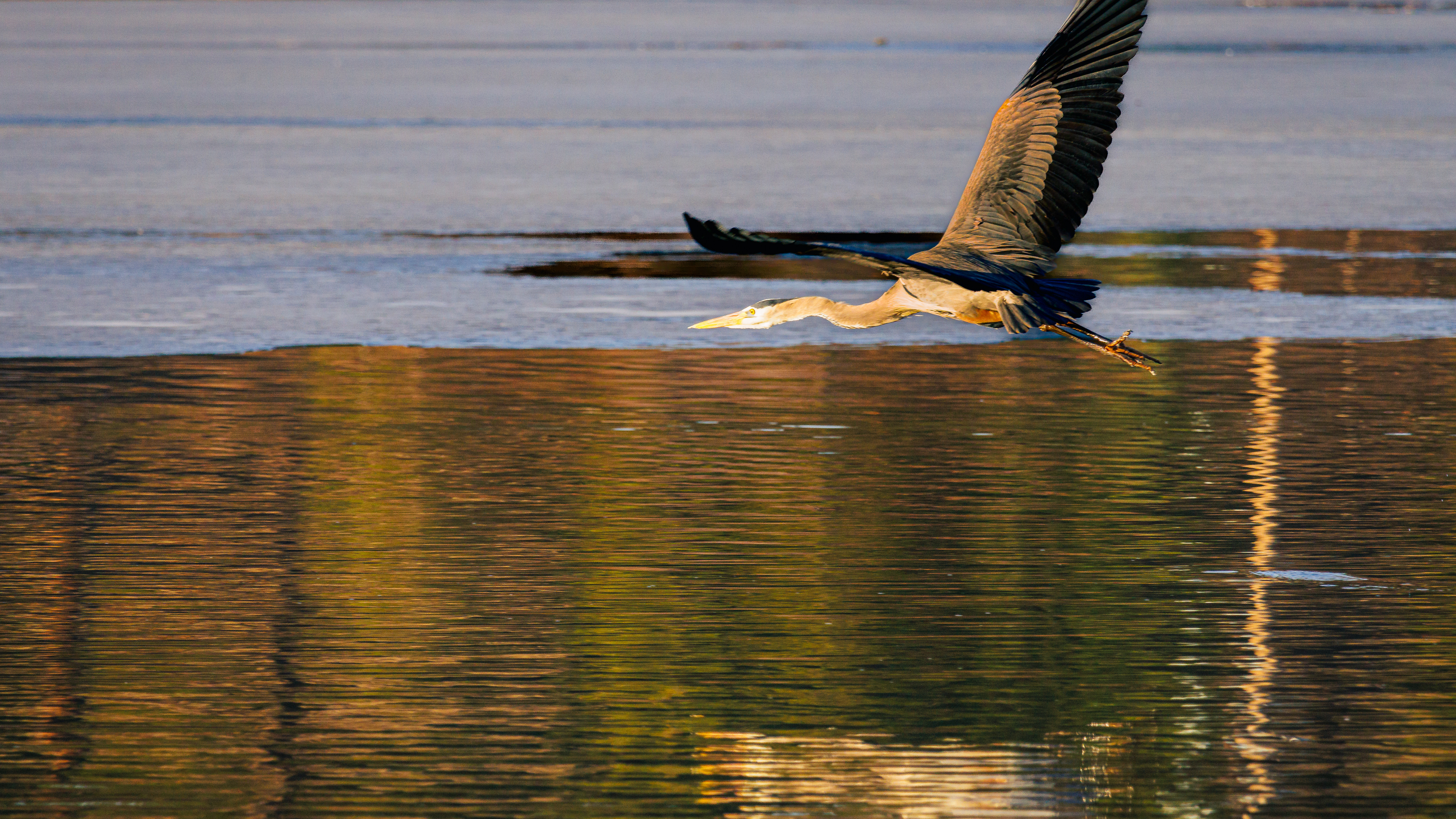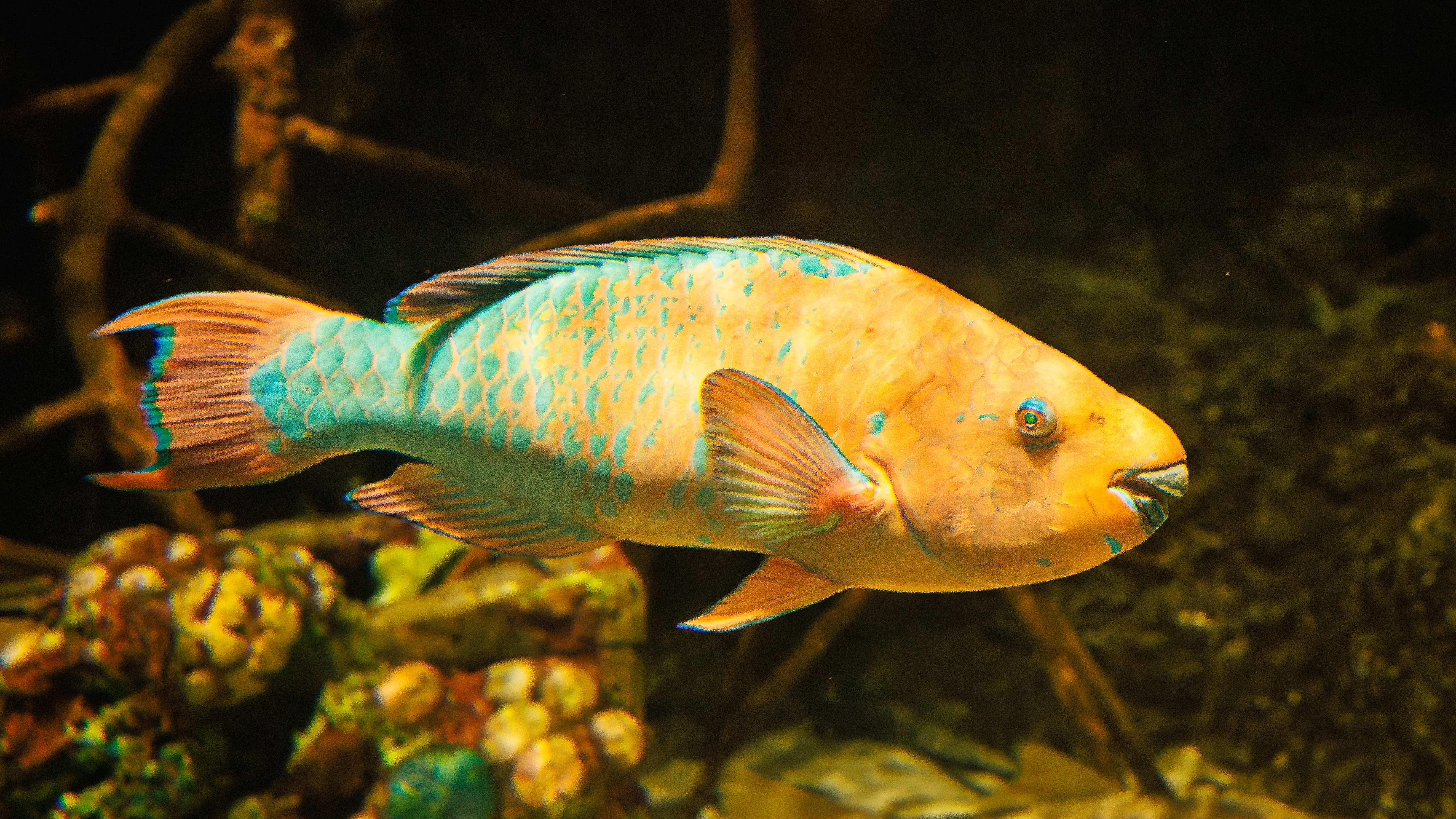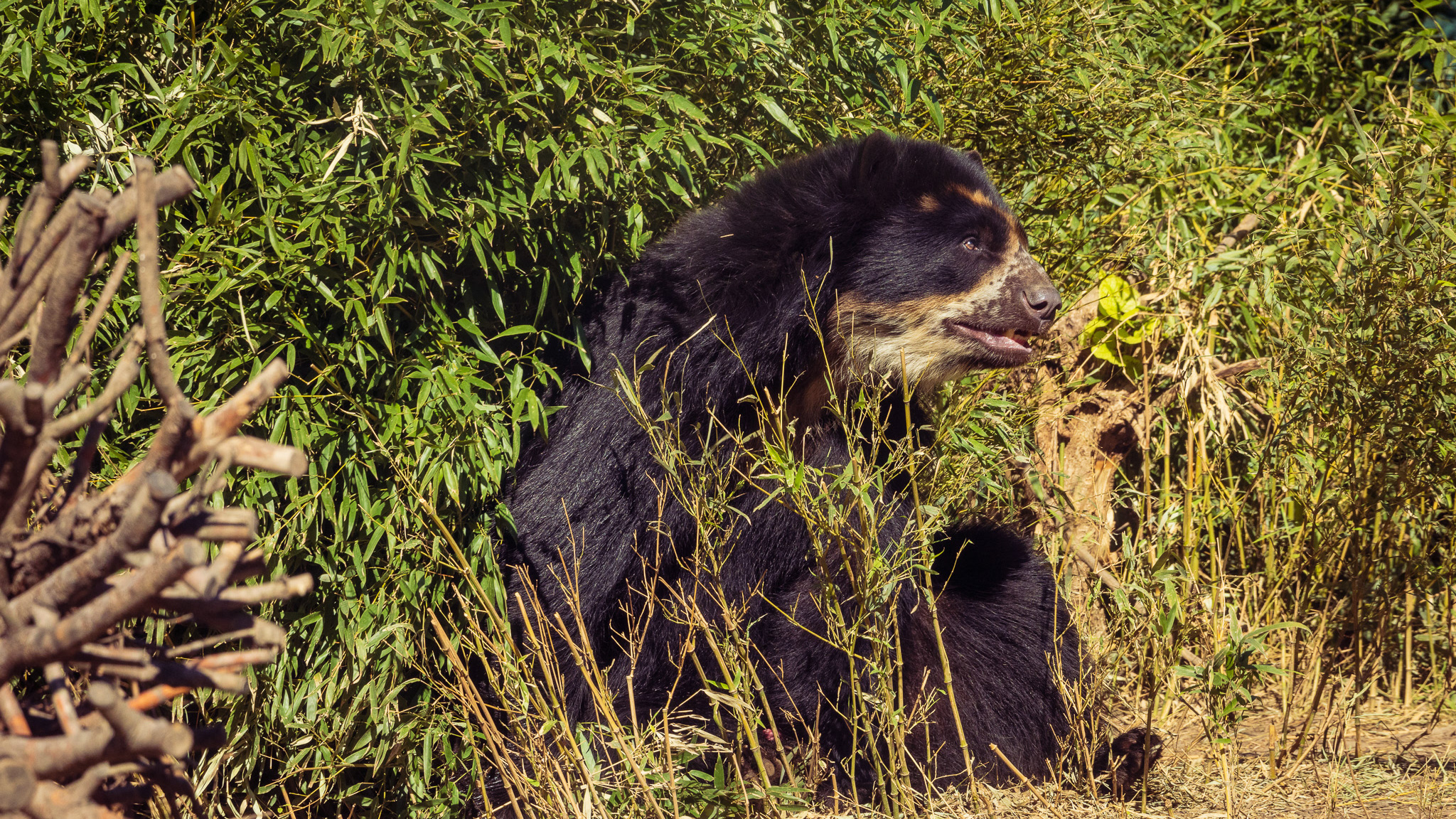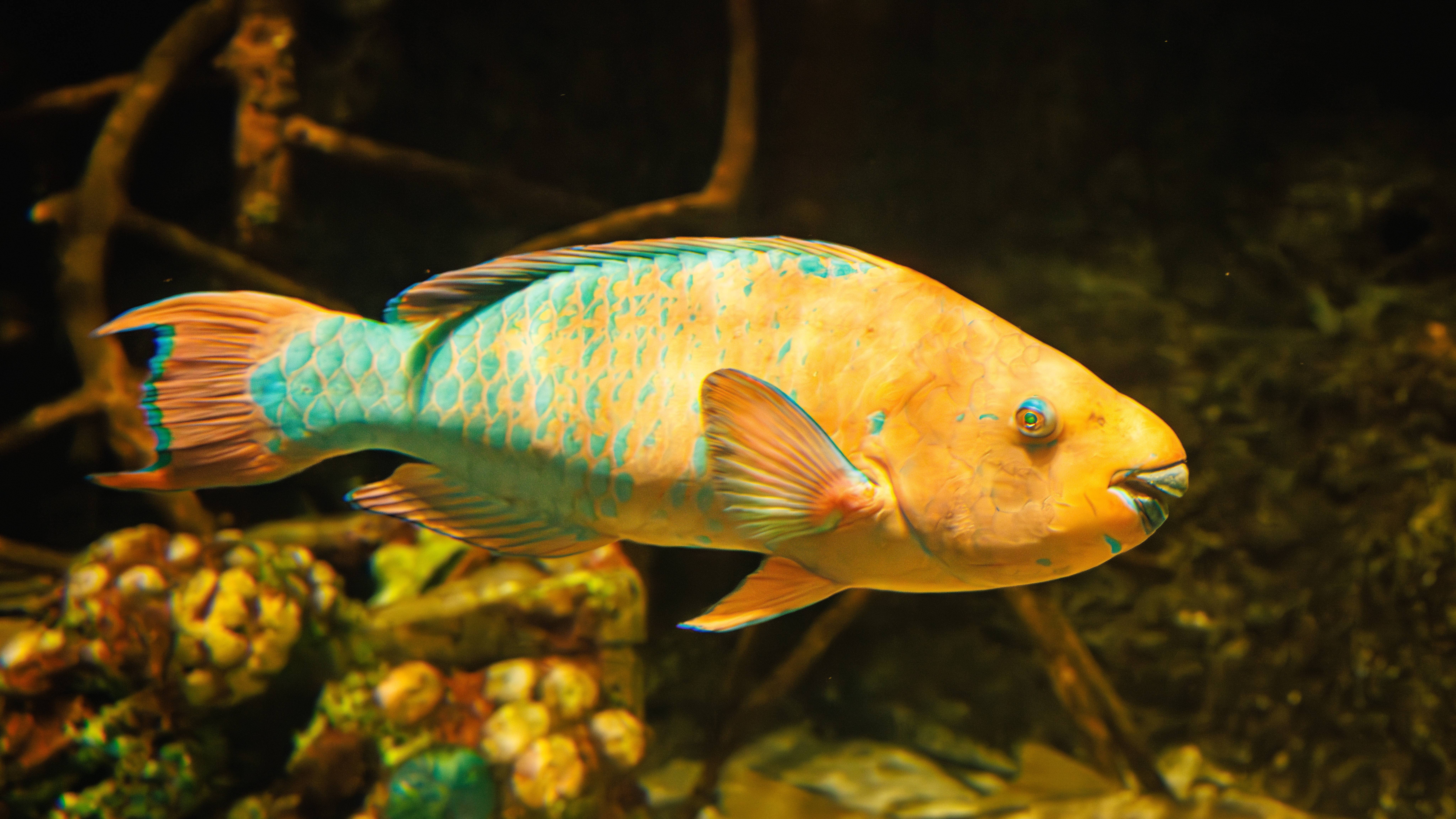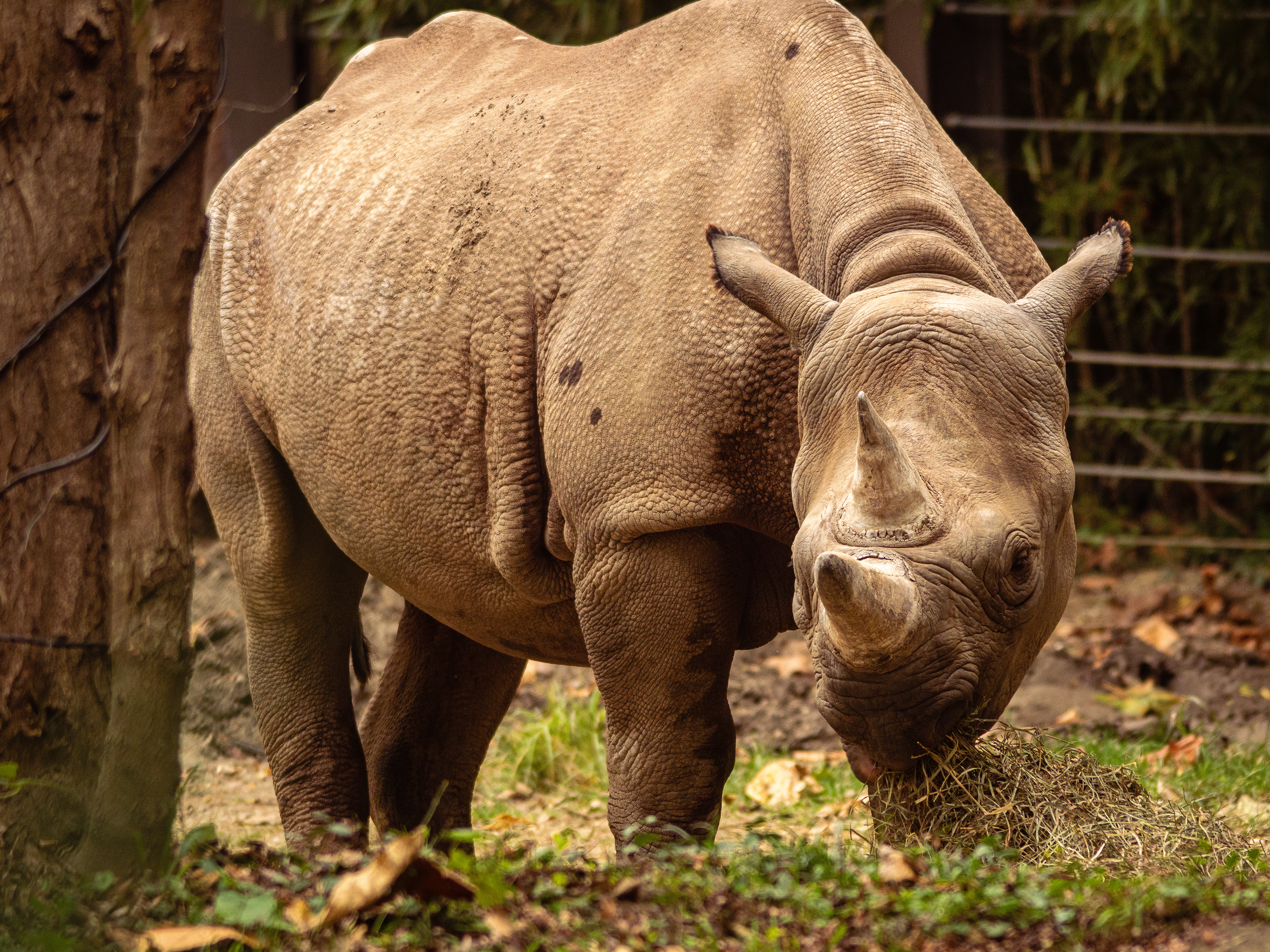
Rhino
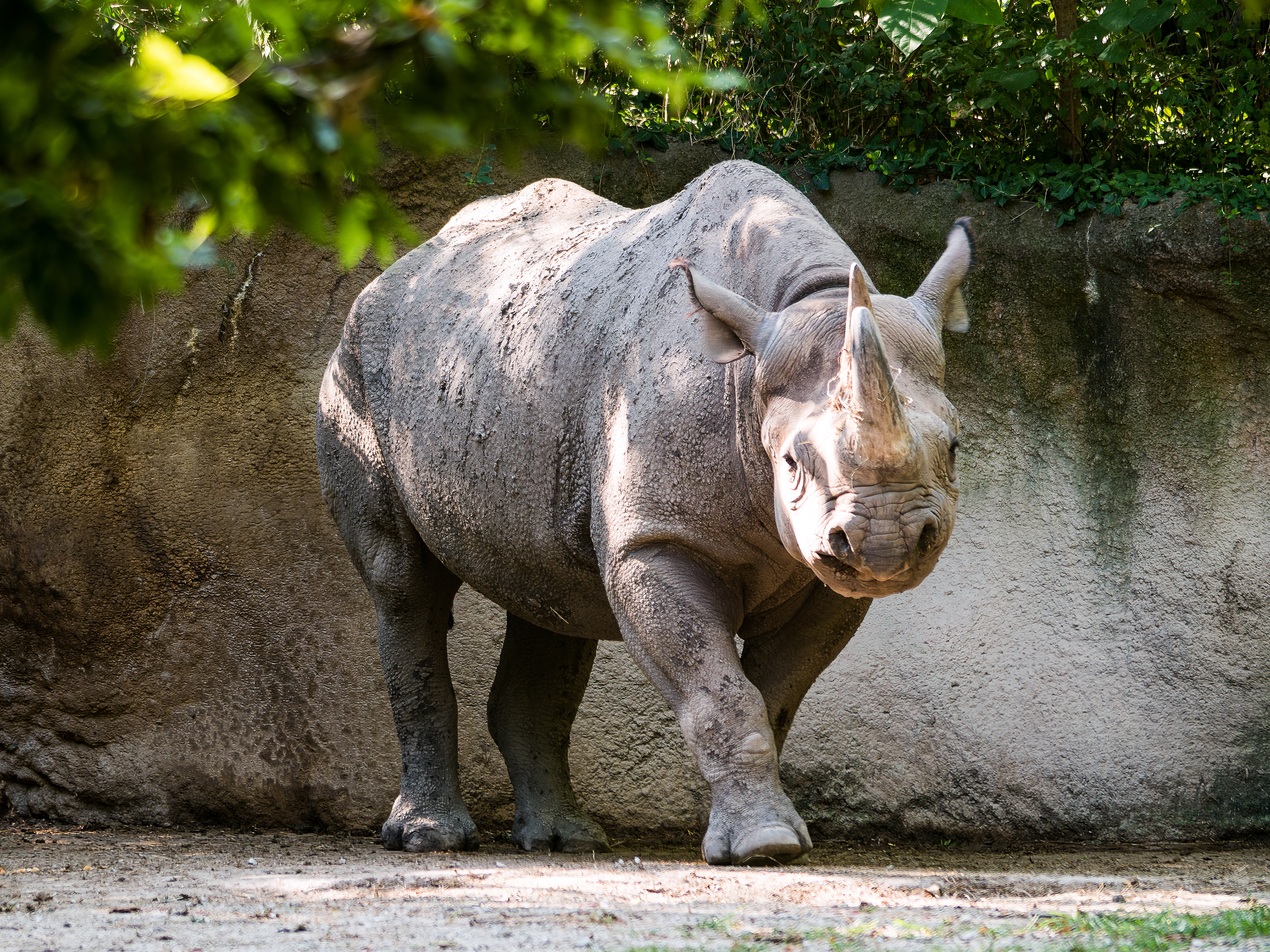
Rhino
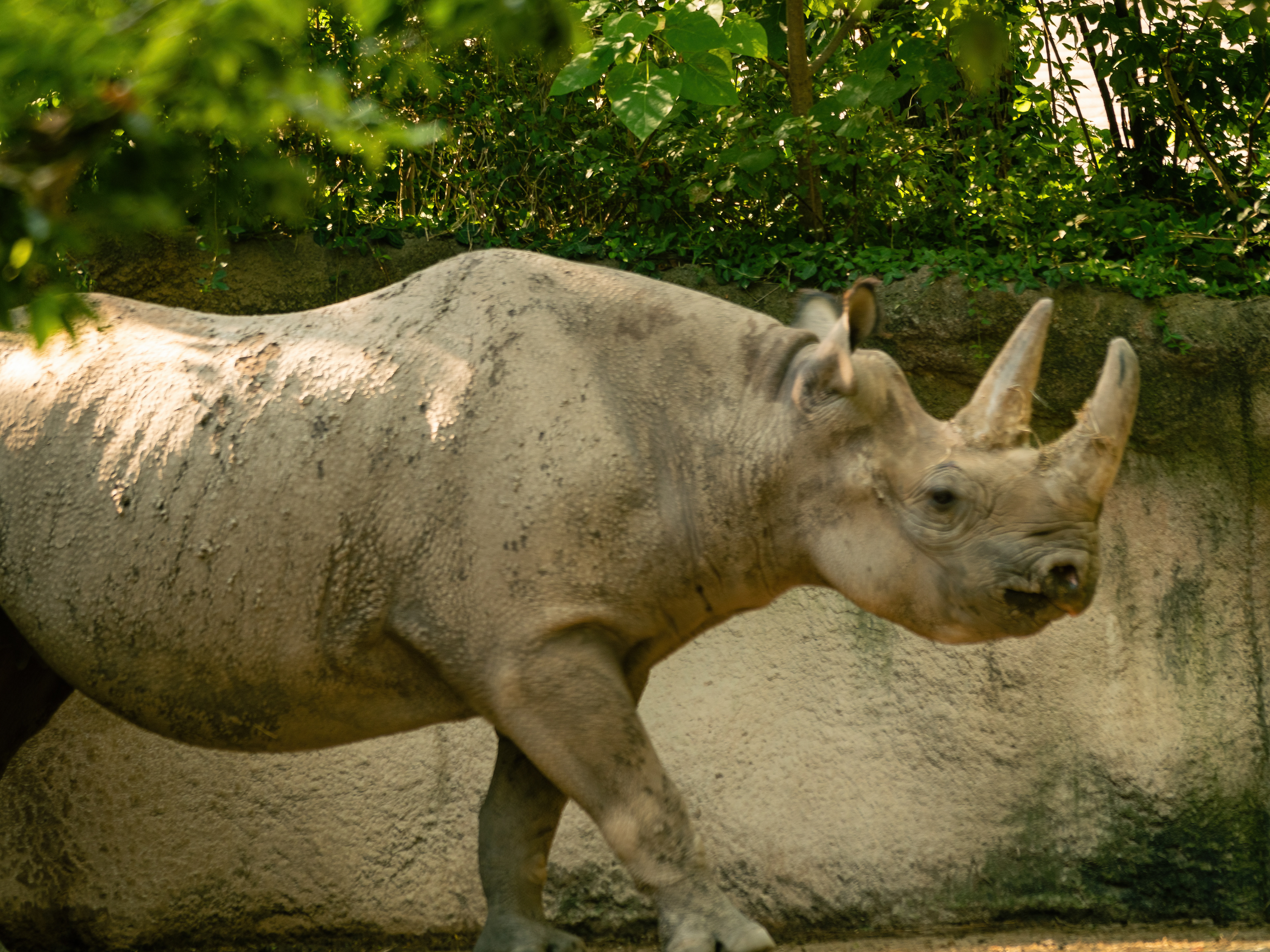
Rhino
Rhino and Hippo Photography: A Photographer's Perspective
Photographing rhinos and hippos is an exhilarating and rewarding experience that requires skill, patience, and respect for these massive creatures. Each offers unique challenges and opportunities to create compelling images that tell their story while raising awareness about their beauty and conservation. Commercial photographers and fine art photographers produce high quality images and photographers tend to specialize, into portrait photographers, landscape photographers, etc. While there are many types of photographers and many types of photography, the professional photographer can produce imAGES OF RHINO AND HIPPOS AS WELL AS OTHER interesting images.
1. The Majestic Rhinos: Power and Vulnerability
A. Understanding Their Behavior:
Rhinos are symbols of strength and resilience, but they are also among the most endangered species. Photographing them requires observing their movements, understanding their temperament, and capturing their powerful yet vulnerable presence. A lone rhino grazing, a mother with her calf, or a charging rhino are moments that reveal their character.
Rhinos are symbols of strength and resilience, but they are also among the most endangered species. Photographing them requires observing their movements, understanding their temperament, and capturing their powerful yet vulnerable presence. A lone rhino grazing, a mother with her calf, or a charging rhino are moments that reveal their character.
B. Composition and Lighting:
Golden Hour: The warm light of dawn or dusk enhances the textures of their thick, rugged skin and creates dramatic shadows.
Contextual Backdrops: Frame the rhino in its habitat—whether it’s a grassy savanna, a dusty trail, or a waterhole—to highlight its connection to the environment.
Close-ups: Zoom in on details like their horns, scars, or expressive eyes to tell a deeper story.
C. Challenges:
Rhinos are shy and can be unpredictable, so maintaining a safe distance is crucial. Using a telephoto lens (400mm or higher) allows photographers to capture intimate moments without disturbing the animal.
2. Hippos: Guardians of the Water
A. Capturing Their Personality:
Hippos spend most of their time submerged in water, making them both elusive and fascinating. Their behaviors—yawning (often mistaken for aggression), splashing, or interacting in pods—offer dynamic photographic opportunities.
Hippos spend most of their time submerged in water, making them both elusive and fascinating. Their behaviors—yawning (often mistaken for aggression), splashing, or interacting in pods—offer dynamic photographic opportunities.
B. Composition Techniques:
Reflections: Utilize calm water surfaces to capture symmetrical reflections of hippos.
Wide Shots: Showcase the pod in their watery domain, surrounded by the lush greenery of rivers or lakes.
Action Shots: Be ready to snap dramatic moments, like territorial fights or a hippo surfacing with its mouth wide open.
Close-Ups: Highlight their unique features, such as their tusks, ears, or expressive eyes peeking above the waterline.
C. Lighting Considerations:
Morning and evening light add warmth to the scene, while midday light can create strong contrasts, especially when capturing the glistening water.
Morning and evening light add warmth to the scene, while midday light can create strong contrasts, especially when capturing the glistening water.
D. Challenges:
Hippos are highly territorial and can be aggressive, especially if they feel threatened. Always photograph them from a safe distance, preferably from a boat or a riverbank, using a telephoto lens.
3. Ethical and Safety Considerations
Both rhinos and hippos are wild and potentially dangerous. It’s vital to respect their space and never disrupt their natural behavior for the sake of a photograph. Working with experienced guides or rangers is invaluable for safely approaching these animals while capturing authentic and ethical images.
4. Storytelling Through Images
Rhinos: Convey their plight through images that highlight their strength and the fragility of their existence due to poaching and habitat loss.
Hippos: Tell the story of their role as ecosystem engineers, emphasizing their vital connection to aquatic environments.
5. Final Thoughts
Photographing rhinos and hippos is about more than just creating beautiful images. It’s an opportunity to showcase their power, grace, and importance to the natural world. Every photograph becomes a tool for education and advocacy, reminding the world of the need to protect these magnificent creatures for generations to come.
